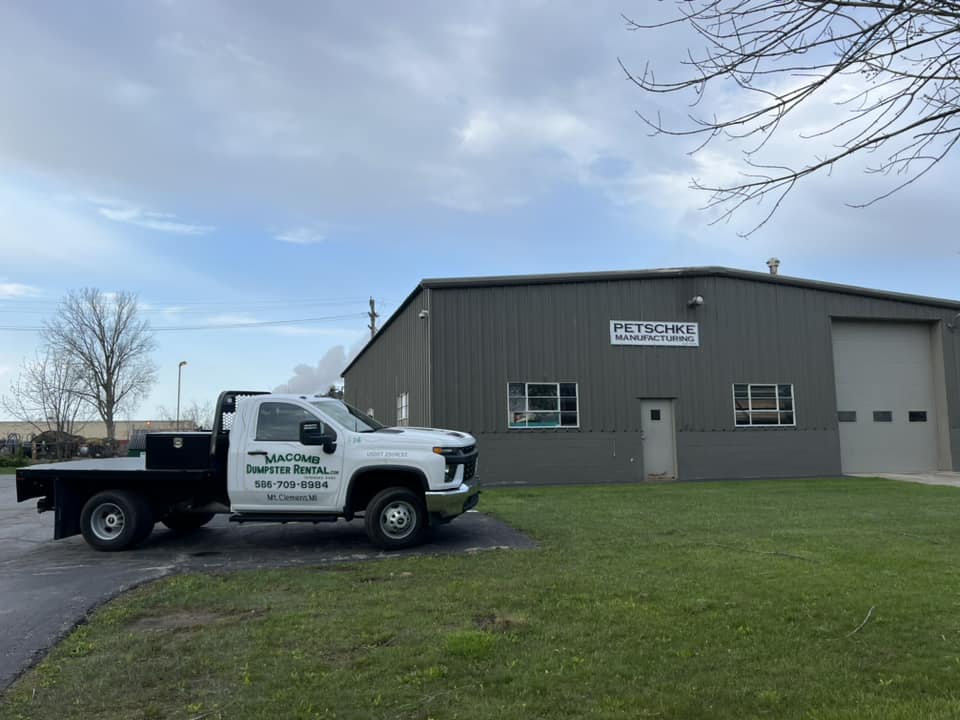
Introduction
Renting a 10-yard or 20-yard dumpster is a great way to manage waste from home projects, renovations, and cleanouts. However, improper loading can lead to wasted space, potential overage fees, or even unsafe hauling conditions. To get the most out of your dumpster rental, follow these best practices for efficient and safe loading.
⸻
1. Break Down Large Items
Before tossing bulky items like furniture, boxes, or drywall, break them down into smaller pieces. This allows for more compact stacking and prevents unnecessary air pockets.
⸻
2. Load Heavy Items First
Start with heavier materials like concrete, bricks, and large furniture pieces at the bottom. This keeps the dumpster balanced and prevents shifting during transport.
⸻
3. Distribute Weight Evenly
Avoid piling waste on one side of the dumpster. Spread debris evenly across the bottom layer to maintain stability and prevent tipping hazards.
⸻
4. Place Flat Items Along the Bottom
Flattened boxes, wood planks, and sheetrock should be placed at the bottom to create a stable base. This helps maximize vertical space for bulkier waste on top.
⸻
5. Fill Gaps with Smaller Debris
As you load, look for empty spaces between larger items and fill them with smaller debris like scrap wood, insulation, or packing materials. This prevents wasted space and allows for better compaction.
⸻
6. Avoid Overfilling
Keep all waste within the dumpster’s fill line. Overfilled dumpsters can result in additional fees, difficulty in transport, or refusal of pickup by the rental company.
⸻
7. Keep Prohibited Items Out
Make sure you know what’s allowed in your dumpster. Hazardous materials like paint, batteries, tires, and chemicals are typically not accepted and should be disposed of separately.
⸻
8. Stack Items Strategically
Think of your dumpster like a game of Tetris. Stack materials tightly together, avoiding loose or slanted piles that can shift or collapse.
⸻
9. Use Doors for Easy Loading (If Available)
If your dumpster has a swinging door, use it to walk in large items rather than tossing them over the top. This makes loading safer and more efficient.
⸻
10. Check Before Pickup
Before your dumpster is hauled away, do a quick inspection. Make sure nothing is sticking out over the sides and that everything is within the weight limit.
⸻
Final Thoughts
Properly loading your dumpster ensures you get the most value out of your rental while avoiding extra fees and safety hazards. By following these tips, you’ll maximize space, keep your project site clean, and make disposal hassle-free. Contact us today if you need a dumpster and we will get you set up!